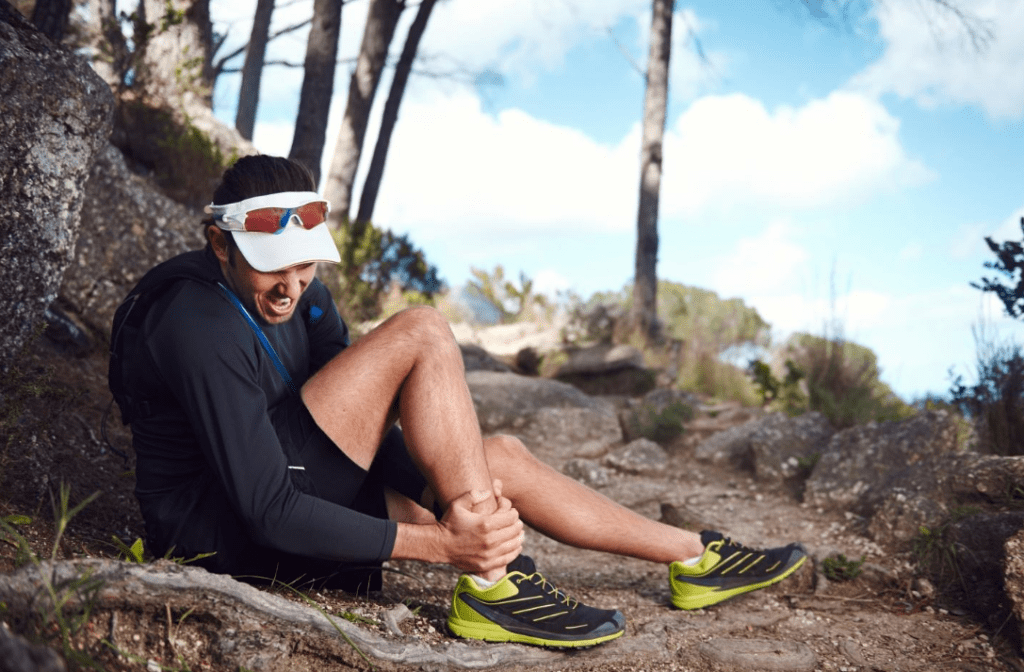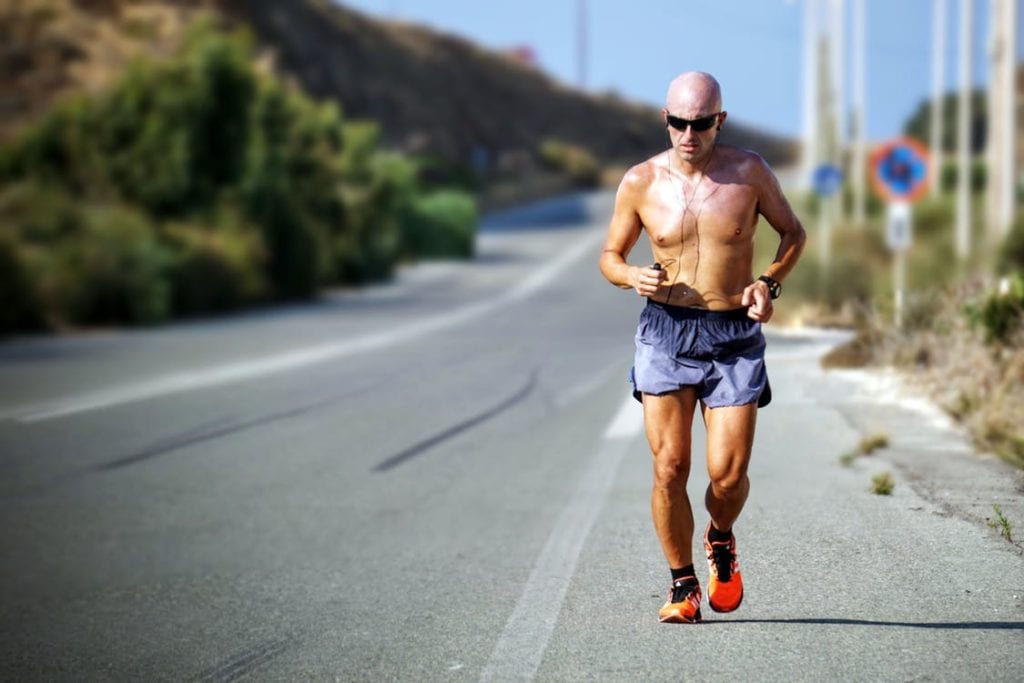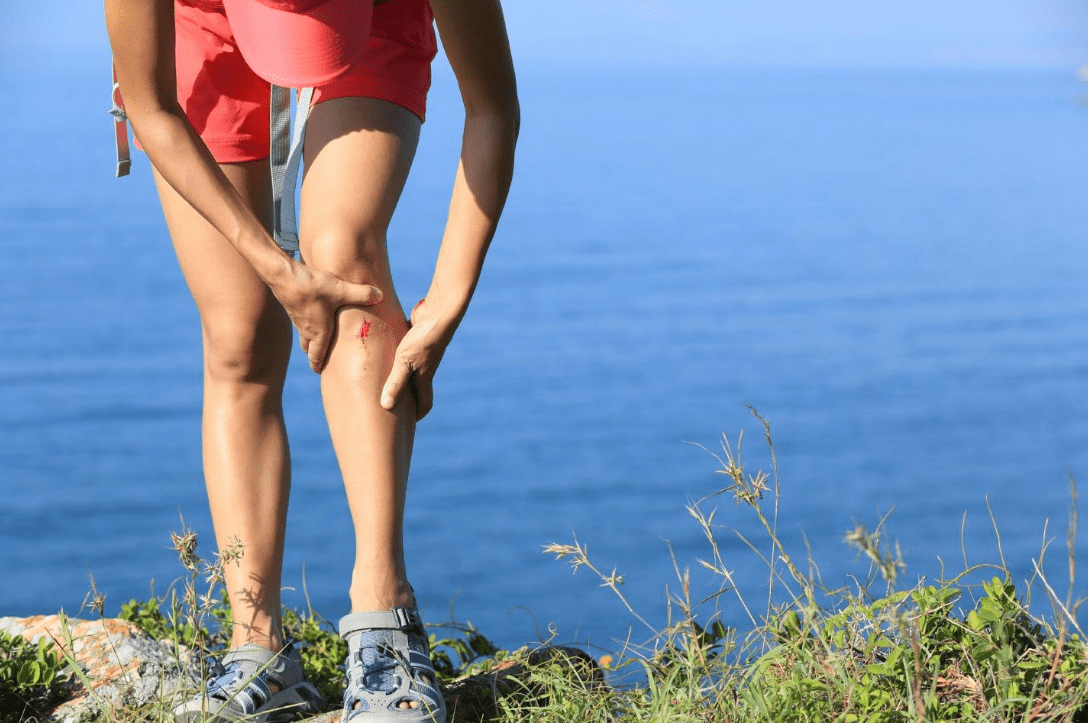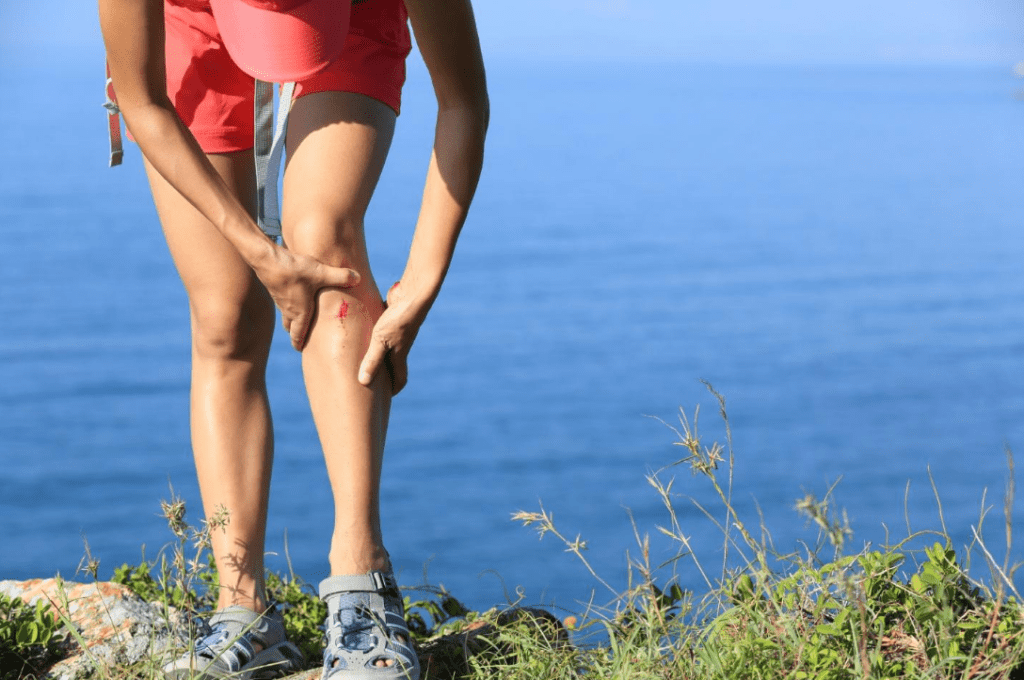Shin Splint Symptoms
Even in mild cases, shin splints symptoms can be extremely painful. Prevention is the best treatment for shin splints. However, when they do occur, shin splints symptoms can be alleviated with proper care. This can help to speed up the healing process and prevent shin splint injuries from becoming more severe.
Shin splints usually occur because of overuse of the lower leg muscles. When the leg muscles become fatigued, they are no longer able to absorb the shock from exercising.
This can cause tearing or inflammation of the tendons that connect the muscles to the frontal bone in the lower leg. However there are other conditions, like flat feet, that can cause shin splints as well.
Preventing shin splints can be done through utilizing proper footwear, stretching, strengthening the muscles, and warming the muscles up before exercising. These methods can prevent shin splints symptoms from occurring in the first place.
If shin splints do occur however, there are some techniques that can help to alleviate the pain.
Catching shin splints symptoms early can help to prevent the injury from becoming more severe. The first indication of a shin splint is a dull pain in the front or outer part of the lower leg. If handled immediately, symptoms can be mild or even prevented.
If not addressed early on, shin splints symptoms can become extremely painful. This causes severe pain throughout the front part of the leg. Often, this pain can become debilitating.
If you notice the early signs of shin splints after exercising, stretching can help to prevent the problem from getting worse.

There are several stretches that can be done. Stretches for shin splints should include all of the lower leg muscles for the best results.
This is because even though symptoms are only noticed in the front part of the leg, all of the lower leg muscles are responsible for a shin splint injury.
As long as the shin splint is not severe, continuing light exercise can help to strengthen the lower leg muscles and increase blood flow and oxygen.
However, proper treatment should take place both before and after exercise in order to ensure that symptoms do not get worse.
Heat should be applied to the muscles one hour before exercise for about 15-20 minutes in order to increase blood flow to the muscles. This will help to prevent further injury.
Ice should also be used immediately after exercise to reduce any potential swelling to the muscles. Additionally, anti-inflammatory medication should be used regularly to reduce any possible swelling.
Massages can also help reduce painful symptoms. This is done by using the thumbs in an upward motion, starting at the bottom of the leg. The friction helps to increase blood flow and relax the fatigued muscles.
Using preventative methods such as these can help reduce your chances of shin splint injury in the future.
If necessary, make an appointment with a podiatrist that can evaluate your feet to see if special footwear is required.
If you’ve acquired the injury simply due to overworking the muscles, then use proper techniques to reduce and eliminate shin splints symptoms.
Interesting tips to prevent your shin splints pain
Shin splints are the most common place injuries which occur on your lower leg and beneath the knee. It sometimes causes extreme pain around your shins.

This kind of injury may seem to be a regular occurrence with the athletes buy many other people are also known to also fall sufferer to shin splints especially after running. This shin splinting is also known to be the best medical tibial stress syndrome.
Prevention is better than cure so you must quickly get solution for how to avoid shin splints pain at the starting stage. Here are 4 different tips which are interesting to prevent you from the painful situation created by the shin splints.
Train with your brain:
When the individuals start running, you have to do training with your brain in between the lapses. You have to give your body, bones, joins, and entire body parts get together all time to return and replenish. When you body says you it feels good, don’t do it.
If your body is not well for the effective running, do training with your brain to get the best results. You can reduce the risk factors of getting an injury in the specific shin splints when you are making such a great brain decision. If you have to hold in lower risk exercising go for the running or a swim, it is betting doing it.
Got the right footwear:
If you don’t know how to avoid shin splints even though you are following right type of exercises and activities, you should go changing your footwear.
Using the totally wrong footwear while running or other athletic activities can definitely lead to the shin splint situation. If the athletes or trainers don’t have enough grips or the comfortable cushioning with your footwear, you should immediately change it by choosing a right type of footwear.

The best footwear especially designed for the athletes will be very helpful for the cushioning effects and reduce your pain due to the shin splints.
At the same time, it will also make your performance as fast as possible. As a sports person, you have to create a habit of frequently changing your footwear every 3 to 4 months for your comfortable usage.
Mind the mileage:
You have to remember that shin splints pain usually comes from overworking your muscles and legs. For the new runners, you need not try to go too many miles. If you are taking higher pace way fast and don’t take enough rest, you will certainly get some complications.
Don’t actually increase your pace or distance by more than ten percentage per week. Shin splints should be avoided at the first step to avoid serious pains.
Go for the soft or lush:
Running on the path is not actually a very good idea. You have to put additional stress on your legs and calves and will jar such muscles and joints whenever you do it. Treat your legs better by running on lush or soft surfaces to avoid shin splints pain.
Author Bio: Katie Smith is the enthusiastic woman. She loves writing about health and lifestyle on Reviewmoon.

